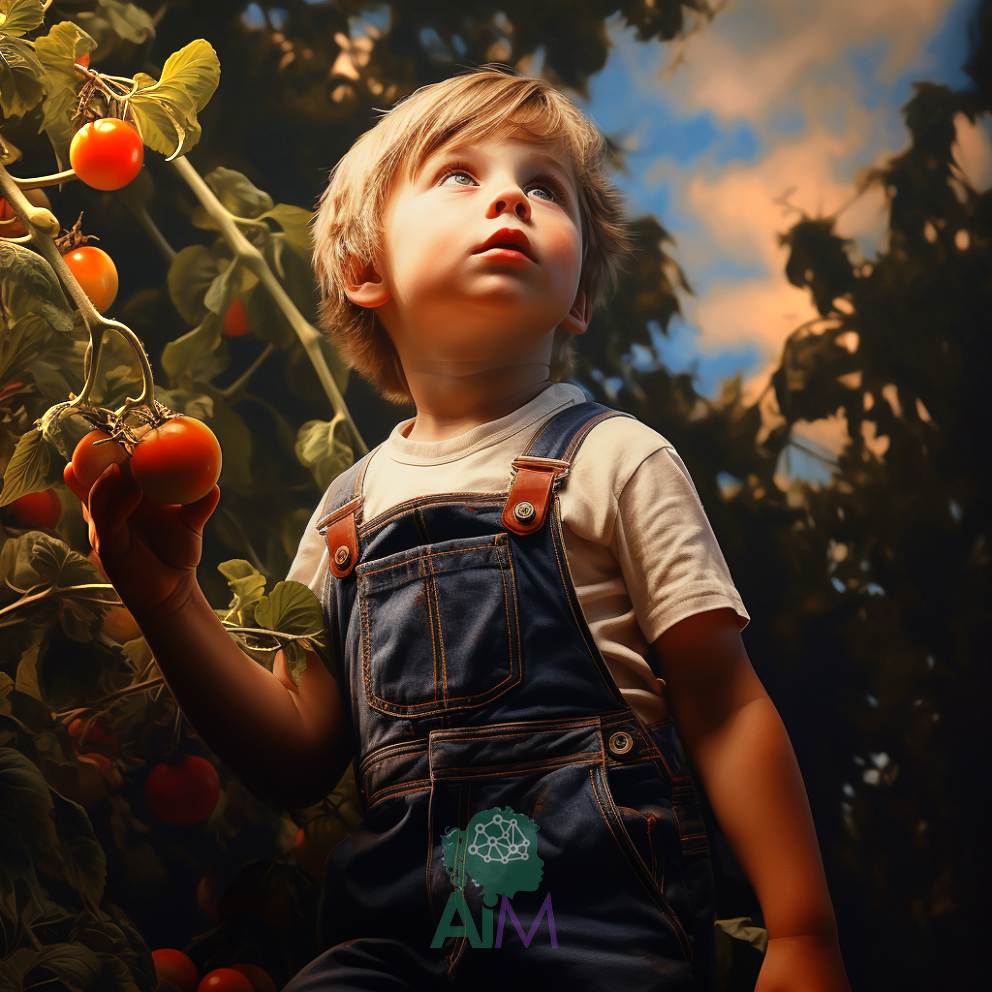If the core Montessori methods are built upon each year, what is the progression of complexity that a child can expect? Is there an easy way to compare the varying age groups and how they progressively learn in the Montessori classroom?
Yes, there is! Here is a brief explanation of the different age groups an how they might advance in their learning in the Montessori classroom.
Let’s compare the progress of a child in a Montessori school, spanning from the Primary (3-6 years old) to the high school level. We’ll illustrate this progression with an example related to math education:
Primary (3-6 years old):
In the Primary Montessori classroom, children embark on foundational learning experiences. For math, they start with concrete materials like the Number Rods, Sandpaper Numerals, and Spindle Boxes. These hands-on materials introduce concepts of quantity, sequencing, and basic numeracy.
Elementary (6-12 years old):
As students transition to the Elementary Montessori environment, they delve deeper into math concepts. For instance, they explore the Decimal System using Golden Beads and learn place value with the Stamp Game. At this stage, they are introduced to concepts of multiplication, division, and fractions. Students work collaboratively in a mixed-age classroom, allowing older students to mentor younger ones, reinforcing their own understanding.
Adolescent (12-18 years old):
In the Adolescent Montessori program, students continue their math journey with a more abstract focus. Algebraic concepts are explored using algebraic materials, and geometry takes center stage with tools like the Geometry Cabinet. Students might engage in real-world applications of math, such as managing a class store or conducting statistical analysis for a community project. The mixed-age classroom fosters collaboration and leadership among students of various ages.
High School (15-18 years old):
As Montessori students progress to high school, they dive into advanced math topics, potentially including calculus, trigonometry, and even differential equations. They apply mathematical principles to real-world challenges and often engage in independent research projects. The mixed-age dynamic continues to provide mentorship opportunities for older students, promoting a deeper understanding of mathematical concepts as they guide younger peers.

Throughout this Montessori journey, the curriculum remains student-driven and adaptable, catering to each child’s pace and interests. The mixed-age classroom nurtures a sense of community and responsibility, with older students serving as role models and younger students benefiting from peer assistance. This approach ensures a holistic and progressive math education that builds on foundational skills while encouraging exploration and mastery as students advance through the Montessori system.
This Montessori teaching method fosters independent, lifelong learners by nurturing curiosity, critical thinking, and a deep love for learning so that they can apply the principles in all life situations.
